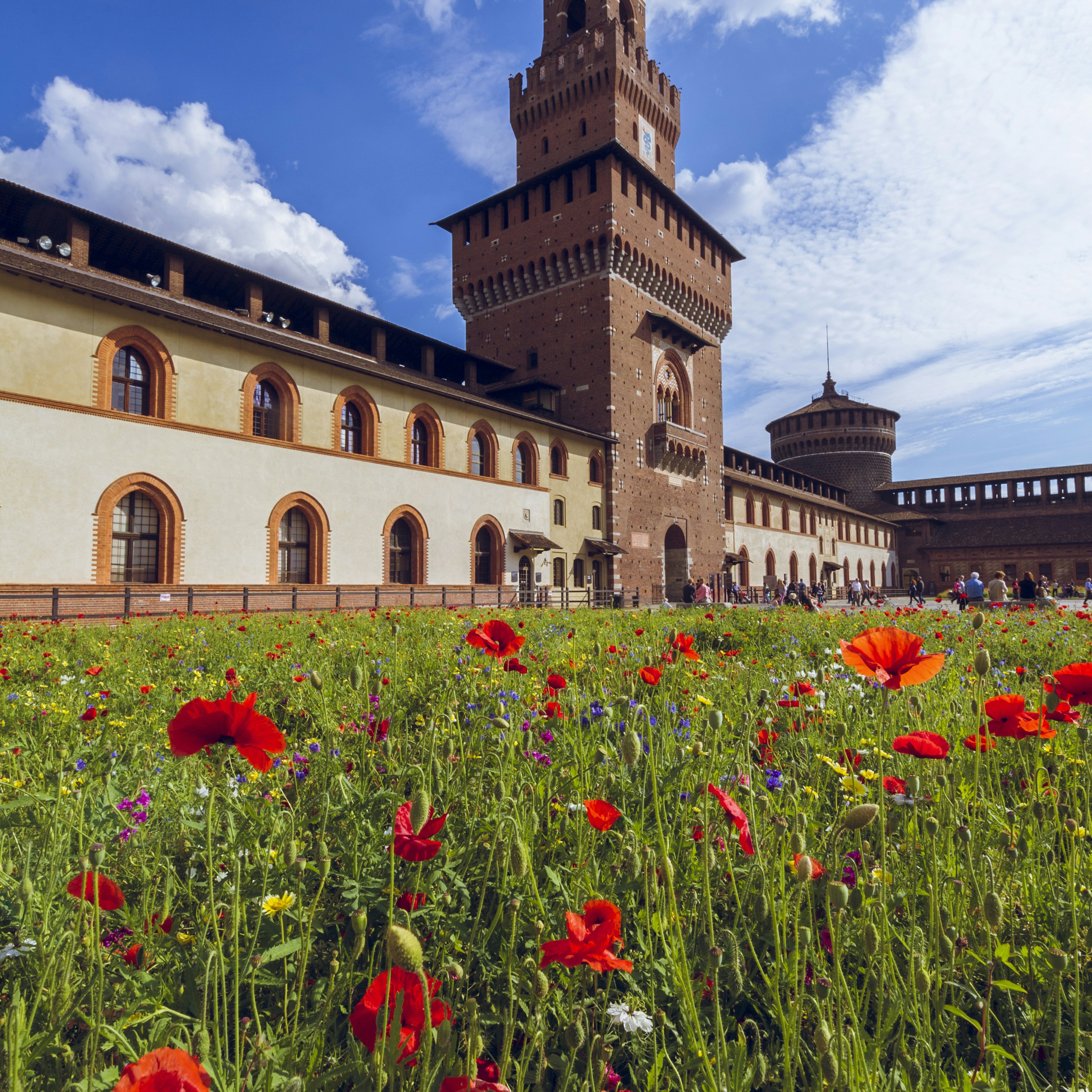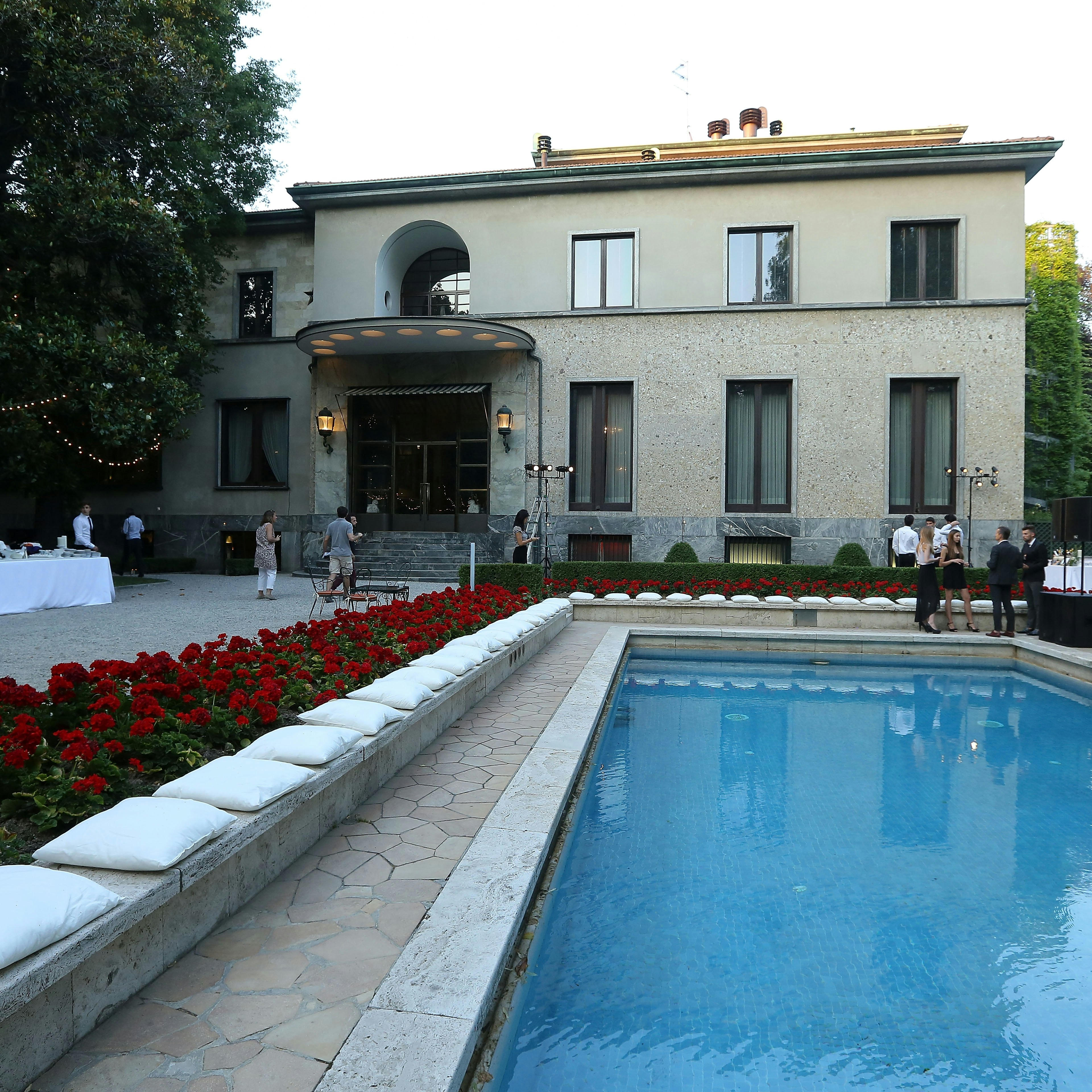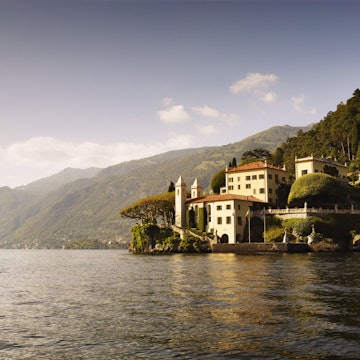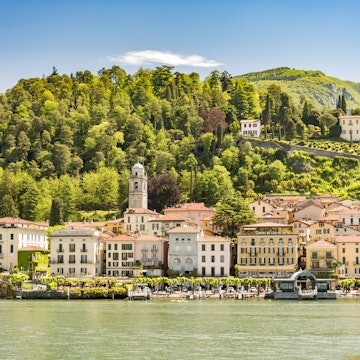
Overview
Formed at the end of the last ice age, and a popular holiday spot since Roman times, the Italian Lakes have an enduring, beguiling beauty.
Meet your new travel partner
Stay connected in The Italian Lakes
Unlimited data while you travel with Holafly eSIM. Use code LONELYPLANET for an exclusive discount.
Must-see attractions
Get a book. Get inspired. Get exploring.
in partnership with getyourguide
























